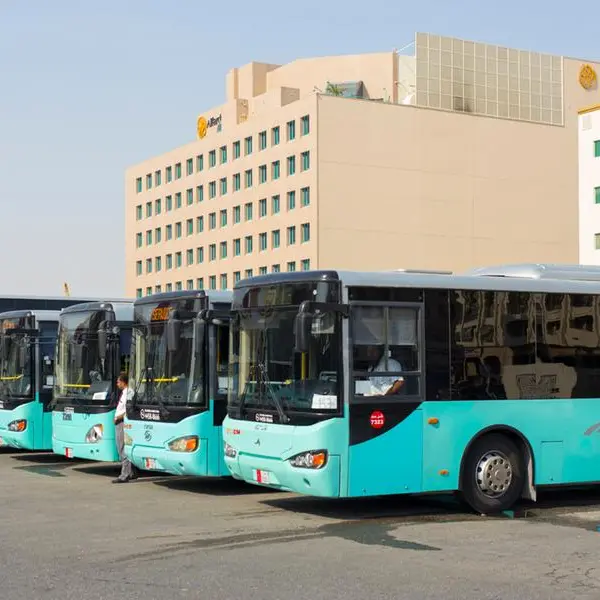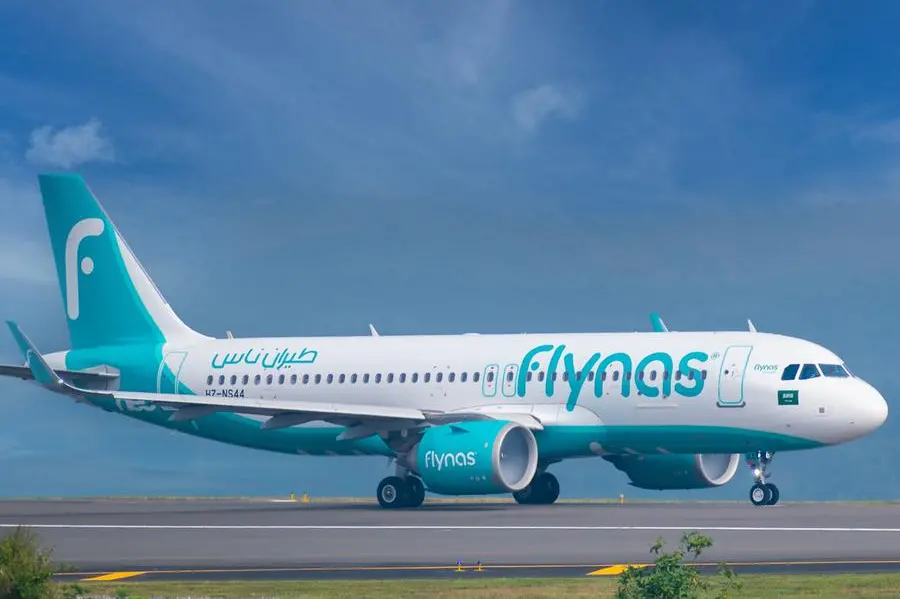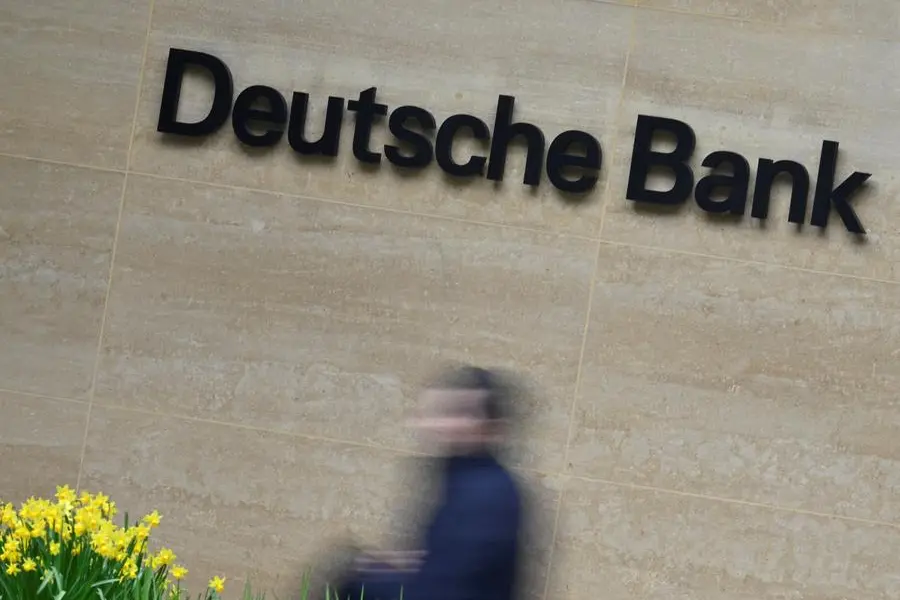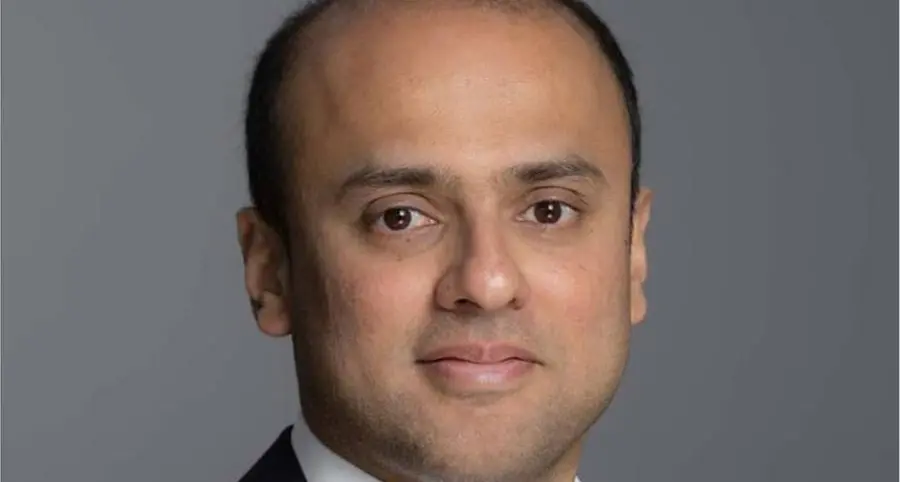The coming together of the wired and wireless carrier infrastructure powerhouses, Nokia and Siemens, to form Nokia Siemens Networks has shaken up the global networking market. Akshay Bhatnagar finds out more about the new entity and its impact on the Omani market
On March 26 this year, at Comex 2007, Nokia Siemens Networks unveiled its new logo signifying the vibrant presence of the global enabler of communications in Oman. It was on June 19 last year that the merger was announced but the new entity became operational only on April 1 this year. Powered by a 60,000-strong workforce, 35,000 drawn from Siemens Carrier Business and 25,000 from Nokia Networks, the new company has made a start with net sales of more than US$23 billion in 2006. Headquartered in Espoo (Finland), it has operations in over 160 countries.
What's the objective of the merged entity? "Already starting as one of the leaders of the industry, we have a clear objective: to become number one. We want to be the number one communications enabler for our customers; the number one company connecting the world through seamless connectivity of mobile and fixed communications; and the number one workplace of choice for our employees...," said Simon Beresford-Wylie, chief executive officer of Nokia Siemens Networks.
The company has five product business units - Radio Access, Broadband Access, Service Core and Applications, IP/Transport, Operations and Business Software, and Services - that provide a comprehensive range of products and applications for fixed, mobile and converged networks.
World of convergence
"We have the size and resources to compete, but we also recognise that true competitiveness goes well beyond scale," said Simon. "Nokia Siemens Networks has the capability to bring true innovation to its customers. We have a company culture that values speed, flexibility, integrity and results over hierarchy. A deep partnership with Nokia gives us unique insights into end-users and allows us to provide full end-to-end solutions to our customers. And, last but not least, we have a portfolio that is ideal for the world of convergence, with strength in both fixed and mobile systems."
"As the market changes and our customers face complex business challenges, we will also need to change at Nokia Siemens Networks," continued Simon. "Bringing the internet and connectivity to the vast majority of people by 2015 will require finding new ways to lower the cost of connections, particularly in the large emerging markets."
He added, "With a vision of five billion people connected and 'always on' by 2015, Nokia Siemens Networks is ready to connect the world. It will be ideally positioned to help our customers capture opportunities that will arise as the connected community swells to around five billion by 2015. In 2015, we will live in a broadband-IP world, in which five billion people in practice will be 'always on', connected to the Internet, rich content, services and of course each other."
Importance of Union
The timing of the merger of Nokia's networks business and the Siemens carrier business is ideal. The annual revenue from mobile services is expected to rise globally by more than 40 per cent between 2007 and 2010, from US$620 billion to US$900 billion. As the Internet and mobile communications have evolved from novelty to ubiquity, they have changed our society. The fusion of these two entities will only accelerate the pace of transformation. Its strengths and differentiators can be summarised as service capability, innovation, supply chain management, with fast, lean rollout, a complete portfolio, and leadership in applications.
Dr Shiv K. Bakshi, Telecom Analyst, IDC said, "The network providers and their vendors should stop the meaningless search for killer applications. Personalisation, which is the underlying premise of successful mobile data services, requires providers to meet the varied information needs of individuals. Instead, they need to build a 'killer environment' that can support different kinds of applications."
He added, "For the infrastructure industry as a whole, consolidation is creating a healthier environment with strong players. By joining forces, players increase the effectiveness and reduce the cost of R&D. There are also benefits from rationalising product and service portfolios and acquiring a complementary global footprint." The merger between Alcatel of France and Lucent Technologies of the US and the acquisitions of other service providers by carriers such as AT&T and Verizon Communications validates Dr. Bakshi's point of view.
Challenges Ahead
As per Karl-Christoph Caselitz, Chief Market Operations Officer, Nokia Siemens Networks, "Part of our own challenge will be to support service providers as they search for new revenue sources from enterprise and residential subscribers as well as from new application. The continuous introduction of new applications, flexible tariff schemes and new technology will be prerequisites to attracting and defending the customer base."
He further added, "The old 'customer-vendor' relationship will become obsolete. The future of growth will involve vendors, application providers, ISPs, terminal developers, content providers and of course, service providers. The next few years will be decisive for driving up average revenue per unit (ARPU) through new end-user experiences and applications, so the presence of a player with a complete portfolio and a close relationship with the world's foremost device manufacturer will make a major difference."
The company's plan to cut down the workforce by 9,000 in the next three years to reduce cost and bring in the operational synergy will be a major test. Already the resentment against the planned retrenchment is brewing in some of the markets, especially Europe.
Oman - A unique case
The Sultanate has been an open market for the merged entity. For the last couple of decades, Siemens Communications has been operational in Oman and played a major role in the development of the telecommunication infrastructure. Stefan Sieber, Country Director, Nokia Siemens Networks Oman said, "As the fully owned subsidiary of Nokia Siemens Networks now, our product portfolio is expected to increase dramatically. As a combined entity, today we are in a position to offer the best technology in both fixed as well as mobile networks."
The company was among the top leading telecom enablers in the Omani market for the past two decades, while the competition levels were increasing recently. For the uninitiated, the global number one Ericsson, powering Nawras' infrastructure, is the leader in the Omani market too. Also, the infrastructure providers' profit margins have come down significantly with increased competition in the market. Another factor that has hit the company hard in the last one year is the lower value of Euro against the Omani Riyal. The valuation has come down by almost 10 per cent, resulting in lower profits for the company as it conducts its business in Euro.
Sieber, supported by a team of 60 people, added, "We are committed to providing our share of contribution in realising the company's vision for 2015. In Oman, we have so many firsts to our credit already. There are more to come, I'm confident. The market has lot of scope for telecom penetration as in many countries we have seen penetration above 150 per cent also. That means the market has the potential to double its size in the coming years. With best in the class products and solutions underpinned by a unique services capability, Nokia Siemens Networks is poised to enable the convergence of services and networks that deliver real value in the Omani telecom market."
© Oman Economic Review 2007



















